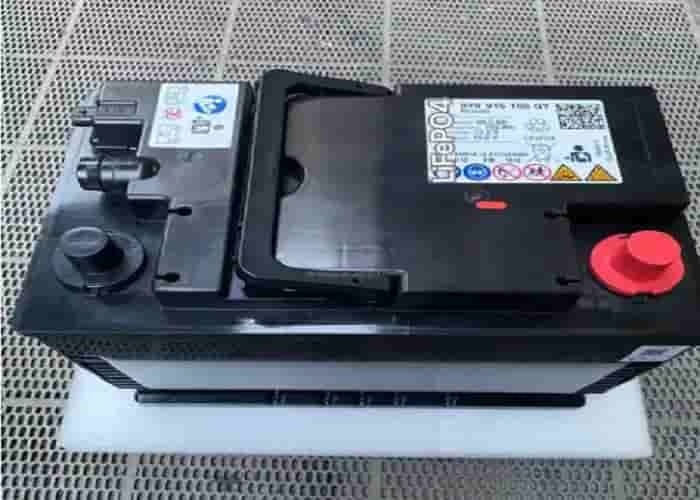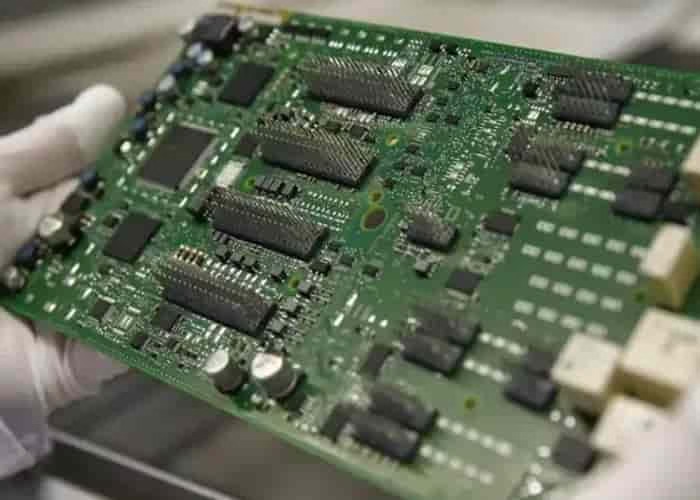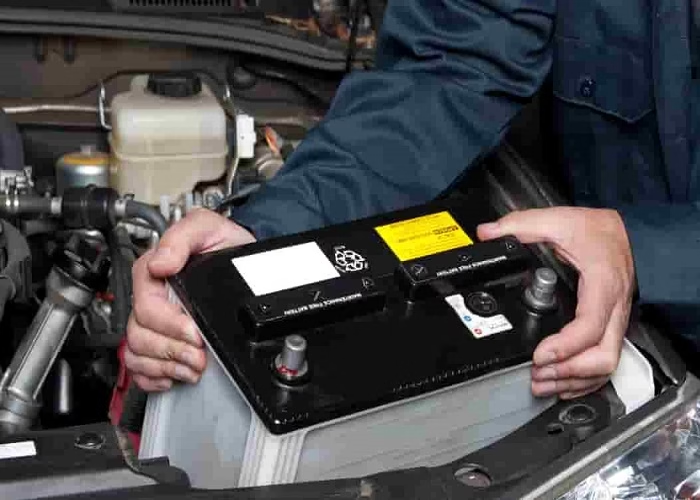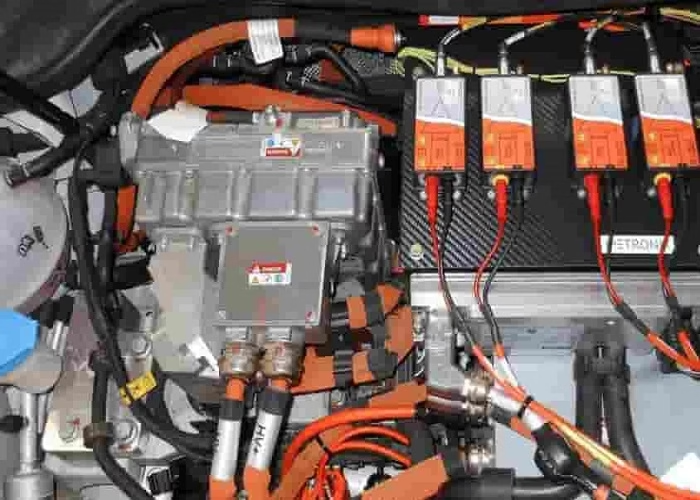Are you dazzled by the dazzling array of new energy vehicle battery parameters? This guide uses the most popular language to interpret the core parameters, helping you choose a car without pitfalls and worry-free battery life!
Still having a headache over the dazzling electric car battery parameters?
What “kWh”, “NEDC”, “super fast charging”… Are you more confused after reading the parameter table?
Don’t worry! This popular interpretation guide will help you quickly grasp the key points, and you will no longer be confused when choosing a car.
Battery capacity (unit: kWh-kilowatt-hour)
Popular understanding: It is the “tank size” of the battery.
Function: Directly determines the upper limit of the theoretical cruising range. The larger the value, the farther it can usually run.
Note: It is not the only determining factor, the vehicle’s energy consumption (power consumption) is also critical. For example, if the fuel tank is large but the car consumes a lot of fuel, it will not run far.
Cruising range (unit: km-kilometer)
The most common standard:
CLTC: The current mainstream standard in China, the test environment is more “idealized” (air conditioning off, constant speed), the value is usually the highest, and it is recommended to be discounted by about 20% for reference.
NEDC/WLTP: Old/new European standards, closer to reality than CLTC, but there is still a gap.
Core tips:
“Official cruising range” ≠ “actual cruising range”! Turning on the heater, driving at high speed, and driving vigorously in winter will significantly shorten the cruising range.
Reference value: It is more meaningful to compare different models horizontally under the same standard. When choosing a car, focus on the CLTC value, but leave room for shrinkage in mind. Efficiency: The “capacity value” of the battery
Energy density (unit: Wh/kg-watt-hour per kilogram)
Popular understanding: A comprehensive indicator of battery “slimming” and “powerful”. The higher the value, the more electricity is stored under the same weight.
Function: High energy density can improve cruising range or reduce vehicle weight (improve handling/energy saving). But there is usually a certain balance with safety and cost.
Vehicle energy consumption (unit: kWh/100km-100km power consumption)
Popular understanding: It is the “fuel consumption” of electric vehicles.
Function: The core indicator to measure the efficiency of vehicle power utilization. The lower the value, the more power-saving it is, and the longer the actual range is under the same battery capacity.
Note: Like gasoline vehicles, the actual power consumption is greatly affected by road conditions, driving habits, air conditioning, etc. Official data is an ideal reference.
Charging power (unit: kW-kilowatt)
Popular understanding: The “speed gear” of charging.
Differentiation:
Maximum AC slow charging power (such as 7kW, 11kW): The speed of home charging piles/public slow charging piles. 7kW piles are fully charged for mainstream models in about 8-10 hours.
Maximum DC fast charging power (such as 60kW, 120kW, 180kW, and even 400kW+): The speed of public fast charging stations. The higher the value, the faster the charging.
Key tips:
Pay attention to the “maximum” fast charging power supported by the vehicle. This determines the peak speed limit when you use the supercharging pile.
Beware of “30 minutes to charge to 80%” type of propaganda: This usually refers to ideal conditions (battery temperature is appropriate, using a matching supercharging pile, charging from low power), and the last 20% charging speed will drop significantly. The actual experience is affected by the power grid, pile status, and battery temperature.
Voltage platform (such as 400V, 800V)
Popular understanding: the “highway width” of current transmission.
Function:
The 800V platform is a trend: the current is smaller at the same power, the loss is low, the heat is less, and it can support higher power fast charging (such as 270kW+), significantly shorten the charging time, and may improve energy efficiency.
Note: To give full play to the advantages of 800V, it is necessary to cooperate with supercharging piles that support 800V.
Battery warranty policy
The most important points:
Years and mileage: The mainstream is 8 years or 120,000/150,000/160,000 kilometers, whichever comes first.
Capacity decay guarantee: core! It is clear that the battery capacity decays to a certain level (usually 70% or 80%) during the warranty period, and the manufacturer is responsible for repair or replacement. The meaning of the warranty without this clause is greatly reduced!
Be sure to read the terms carefully! Understand the exemption clauses (such as accidents, unauthorized modifications, etc.).
Mainstream types:
Ternary lithium battery (NCM/NCA): high energy density, good low temperature performance, and excellent fast charging performance. High cost, relatively low theoretical thermal stability (but excellent BMS can ensure safety).
Lithium iron phosphate battery (LFP): high safety, long cycle life, and low cost. Relatively low energy density, poor low temperature performance (the battery life is more significantly discounted in winter), and a relatively stable voltage platform.
How to choose?
Pursuing long battery life, fast charging, and northern users: you can prefer ternary lithium.
Focus on safety, cost, life, and mainly in warm areas: lithium iron phosphate is a good choice.
Although there is no direct parameter, it is crucial! It is the “brain” of the battery, responsible for:
Monitoring the status of each battery cell (voltage, temperature).
Prevent overcharge and over discharge to ensure safety.
Optimize charging and discharging strategies to extend life.
Manage thermal management (liquid cooling/air cooling) to maintain the best operating temperature.
Excellent BMS is the hero behind battery safety, life, winter endurance and fast charging capabilities.
1. Endurance (CLTC): Horizontally compare the starting point, and leave room for shrinkage in mind (especially in winter).
2. Battery capacity (kWh): “fuel tank” size, combined with power consumption for more accurate.
3. Fast charging power (kW): determines the upper limit of the energy replenishment speed, the higher the better (combined with its own charging conditions).
4. Battery warranty (years/mileage + capacity attenuation threshold): the core of long-term vehicle protection! Be sure to read the attenuation terms clearly!
5. Battery type (ternary/iron lithium): choose according to your own needs (endurance, safety, region, budget).
Finally, a reminder: Parameters are an important reference, but it is also essential to personally test drive the car to experience the actual endurance performance (especially when turning on the air conditioner and driving on the highway), the charging speed, and the energy consumption information displayed on the car computer!















Leave a Reply